Search
Search Results

Image
Copper alloy foundation figurines with pegs representing Gods
Each peg has a very faint cuneiform inscription of Gudea, the ruler of the city-state of Lagash. Foundation pegs were buried in the foundation of buildings to magically protect them and preserve the builder's name for posterity. In this...
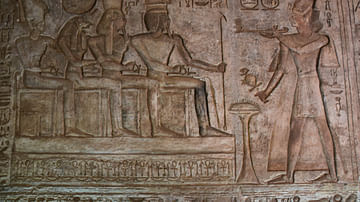
Image
Ramesses II Offering to the gods at Wadi es-Sebua
Relief in the Wadi es-Sebua temple depicting Ramesses II (r. 1279-1213 BCE) making an offering to the gods. Approached by an avenue of sphinxes, the Wadi es-Sebua temple was built during the reign of Ramesses II and dedicated to Amun-Ra...
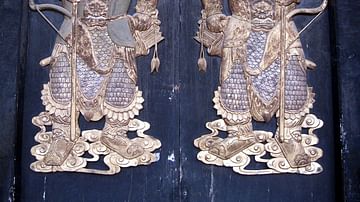
Image
Chinese Door Gods
In China gods (menshen) were often painted on either side of a doorway to guard against evil demons or ghosts.
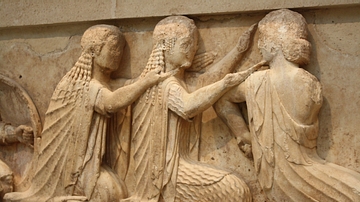
Image
Assembly of the Gods
A detail of the assembly of the gods from the east frieze of the Treasury of the Siphians (525 BCE), Delphi. Delphi Archaeological Museum.

Image
Door Lintel with Gods' Heads
This door lintel was sculpted with the shape of different gods' heads. Each god represents one day of the week. 2nd to 3rd century CE. From Hatra, Modern Al-Jazeera Region, Ninawa Governorate, Iraq. (The Sulaimaniya Museum, Iraq).
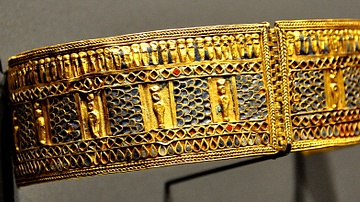
Image
Armlet with Mummiform Gods from Meroe
Gold armlet with depictions of mummiform gods. From the treasure of the Nubian queen Amanishakheto, pyramid N6, Meroe, modern-day northern Sudan. Meroitic period, around 1 CE. (State Museum of Egyptian Art, Munich, Germany).
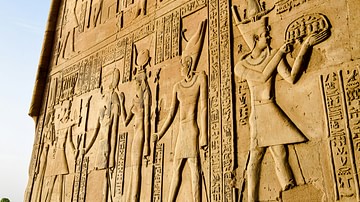
Image
Ptolemy VI Making Offerings to the Gods, Kom Ombo
A relief from the temple at Kom Ombo in Egypt depicting Ptolemy VI Philometor (r. 180-145 BCE) making offerings to the gods. Ptolemy can be seen at the far right, holding offerings.
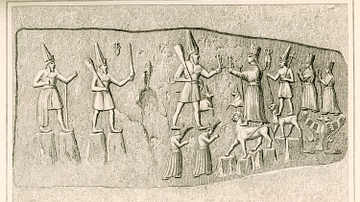
Image
Yazilikaya Engraving with Hittite Gods
Engraving from a relief at Yazilikaya by French archaeologist Charles Texier (1882). Teshub stands on two deified mountains (depicted as men) alongside his wife Hepatu, who is standing on the back of a panther. Behind her, their son, their...
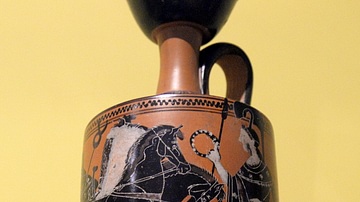
Image
Lekythos, Gods with Chariots
Oil, especially olive oil, was stored in specialized Greek pottery; lekythos (pleural, lekythoi). Many lekythoi were found inside tombs; they were used to anoint the dead bodies of single men. Mainly dull red and black paints were used by...
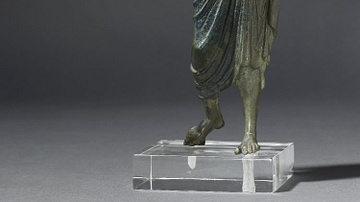
Definition
Etruscan Religion
The religion of the Etruscans, the civilization which flourished from the 8th to 3rd century BCE in central Italy, has, like many other features of the culture, long been overshadowed by that of its Greek contemporaries and Roman conquerors...